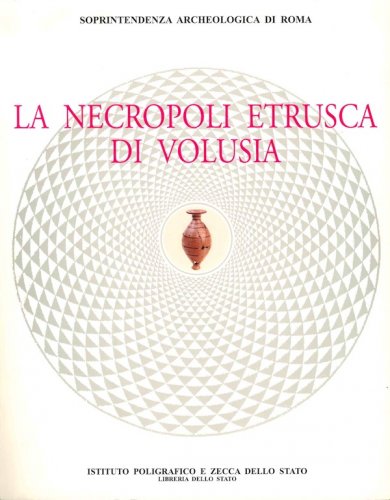Contact and exchange in the ancient world
Contact and exchange in the ancient world
- Non disponibile, richiedi informazioni sulla disponibilità
- Possibilità di reso entro 10 giorni lavorativi
- Transazione sicura con carta di credito, Paypal o bonifico bancario
- Spedizione tracciata con SDA
Do civilizations independently invent themselves or are they the result of cultural diffusion? The contributors to this volume do not attempt to provide a definitive answer to this contentious question, one of the most debated issues of the past century. Instead, they shift the focus from theory to reality by presenting empirical evidence on a wide range of cultural phenomena in history and prehistory, thereby demonstrating the processes whereby cultural traits are acquired and modified--the dynamics of transmission and transformation. The range of topics covered in this volume is of extraordinary breadth: the distribution of belt hooks and belts from the steppes to North and Central China; textile exchange in the third millennium B.C.; the spread of bronze metallurgy across Asia; the adaptation of complicated technologies by distant peoples; the mechanisms whereby bronze implements were used to convey political messages in East Asia; the ethnogenesis of the Turks; the complex interrelationships among migratory and settled peoples in western Central Asia during the Bronze Age; the origins of the enigmatic Chinese goddess known as Queen Mother of the West; an account of hunting with trained cheetahs; and the use of abundant botanical and zoological evidence to affirm that the Old World and the New World must have been in contact long before the fifteenth century. Rounding out the volume is a survey of the problem of modernocentrism.









